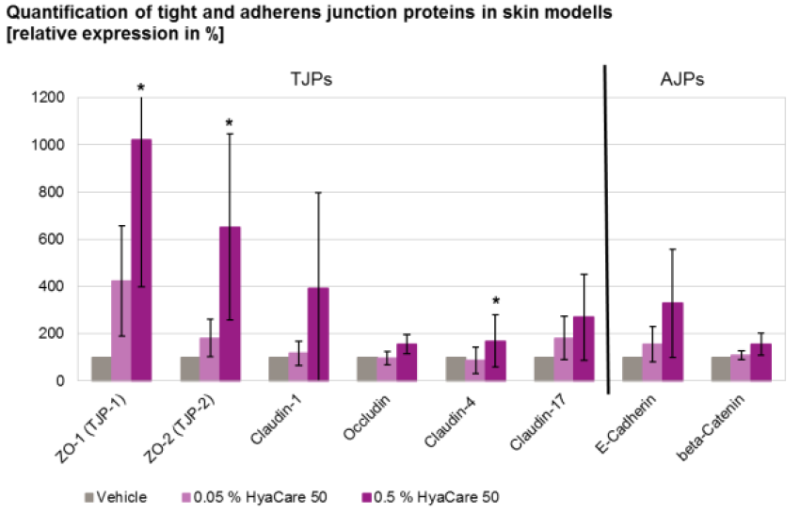
IMMUNOBLOTTING VS WESTERN BLOT CRACK
Physical characteristics of BioTrace NT membrane such as high tensile strength and hydrophilicity provide excellent handling ensuring that the membrane will not rip, tear or crack during transfers. Other nitrocellulose membranes contain high levels of cellulose acetate which reduce the protein binding capacity of the membrane. The labeled secondary antibody is typically directed against the immunoglobulin class or subclass of the. After washing, a labeled secondary antibody is used to detect the presence of the primary antibody, and thus the target protein. This high protein binding capacity is ensured due to the homogenous nature of the membrane. First, the Western blot is incubated with an unlabeled primary antibody directed against the target protein.

Pall’s FluoroTrans W PVDF transfer membrane is optimal for use with traditional staining and chemiluminescent detection methods as it exhibits high sensitivity, low burn-through, and low background.Autofluorescence from standard western transfer membranes can obscure specific signals, especially at lower wavelengths, when using a fluorescent detection method. Pall’s FluoroTrans® PVDF transfer membrane has been optimized for fluorescent detection to ensure a very low background that will not interfere with protein detection and analysis when exposed to fluorescence.Moving forward, Western blots continue to be of value in confirming results from antibody arrays, making them suitable for use in proteomics research. Western blots can also be used to evaluate the size of a protein of interest, and to measure the amount of protein expression. For example, with HIV and prion disease, Westerns are used as a key supplemental screen since their results are less ambiguous, and quicker, than other methods. In these instances, Western blots provide confirmation of results both in research and diagnostic testing. In many cases, Western blots are used in combination with other key antibody based detection techniques, such as ELISAs or immunohistochemistry. Likewise, they are helpful for comparing expression of a target protein from various tissues, or seeing how a particular protein responds to disease or drug treatment. Their ability to clearly show the presence of a specific protein both by size and through the binding of an antibody makes them well-suited for evaluating levels of protein expression in cells, and for monitoring fractions during protein purification. Western blots are in wide use across a broad range of scientific and clinical disciplines. Lanes 2 & 3: Common alterations that modify the molecular weight Transfer the supernatant to a fresh tube.

Cell Lysate Pre-Clearing (Optional) Take 200 l cell lysate and add to either Protein A or G agarose beads (20 l of 50 bead slurry). Lane 1: Target protein band at the expected molecular weight. Analyze sample by Western blotting (see Western Immunoblotting Protocol: Western BSA or Western Milk). Alternate splicing may also cause unexpected size variations, as may the particular combination of charged amino acids found in the protein. Is the band of lower or higher molecular weight than expected? Is there a single band, or are there several bands? A smaller than expected band could indicate that the protein has been cleaved or is degraded.Ĭonversely, when bands are seen at higher levels than expected, this may indicate an actual increase in mass due to glycosylation or multimer formation. Since proteins are separated by size during the gel electrophoresis stage, and then detected by a specifically directed antibody, the procedure essentially confirms the identity of a target protein.įurthermore, when data does not match expectations, there may be clues as to what should be investigated to determine the reason. Western blotting is an extremely powerful technique, despite its overall simplicity, because it provides additional information not readily gathered from other key immunological laboratory techniques.


 0 kommentar(er)
0 kommentar(er)
